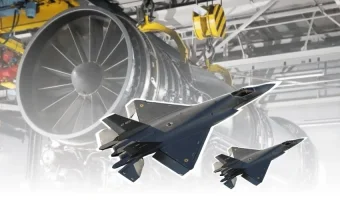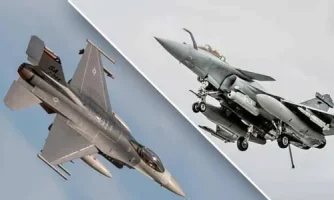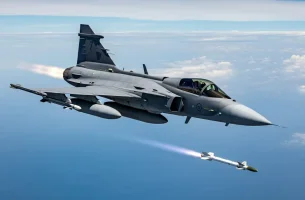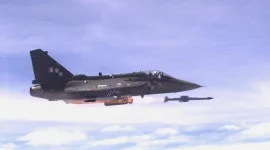- Views: 1K
- Replies: 8

Former DRDO Chief Dr. G. Satheesh Reddy, speaking at the "Emerging Technologies in Defence" event in Chennai, shared encouraging news about India's Advanced Medium Combat Aircraft (AMCA) program.
Dr. Reddy indicated that the AMCA's prototype rollout could occur as early as the end of 2026, an accelerated timeline considering the program received production clearance and funding just eight months ago in 2024.
Dr. Reddy attributed this rapid progress to the expertise and infrastructure established by the DRDO and Hindustan Aeronautics Limited (HAL) through their extensive work on the Light Combat Aircraft (LCA) Tejas program. These institutions have cultivated a strong foundation of technological know-how, advanced testing facilities, and robust supply chains, enabling the AMCA program to advance at an unprecedented pace.
If the rollout proceeds as projected, the AMCA's first flight is expected in 2028. The period following the rollout will involve rigorous ground trials, taxi testing, and comprehensive validation processes before the aircraft is cleared for its maiden flight.
The potential rollout of the AMCA prototype in 2026 would be a significant milestone for India's defence and aerospace sectors. It reflects the maturation of the country's design and manufacturing capabilities and its ability to deliver on complex, next-generation projects.
The AMCA is slated to be India's first fifth-generation stealth fighter, incorporating advanced features like stealth design, supercruise capability, and artificial intelligence-driven systems. Its development will place India among a select group of nations capable of producing such cutting-edge fighter aircraft technology.
Dr. Reddy noted that the AMCA's expedited progress is a direct result of lessons learned from the LCA Tejas program, signifying not just the evolution of a single aircraft but the creation of a scalable ecosystem for future indigenous aerospace projects.
While the rollout timeline is optimistic, the journey to operationalizing the AMCA will be demanding. The aircraft must undergo extensive testing and validation, including the integration of its General Electric F414 engine for the MkI variant.
Achieving all milestones without compromising quality and safety will require sustained focus and resources. However, Dr. Reddy's announcement provides a promising outlook for the AMCA program and underscores India's growing capabilities in developing advanced defence technologies.




